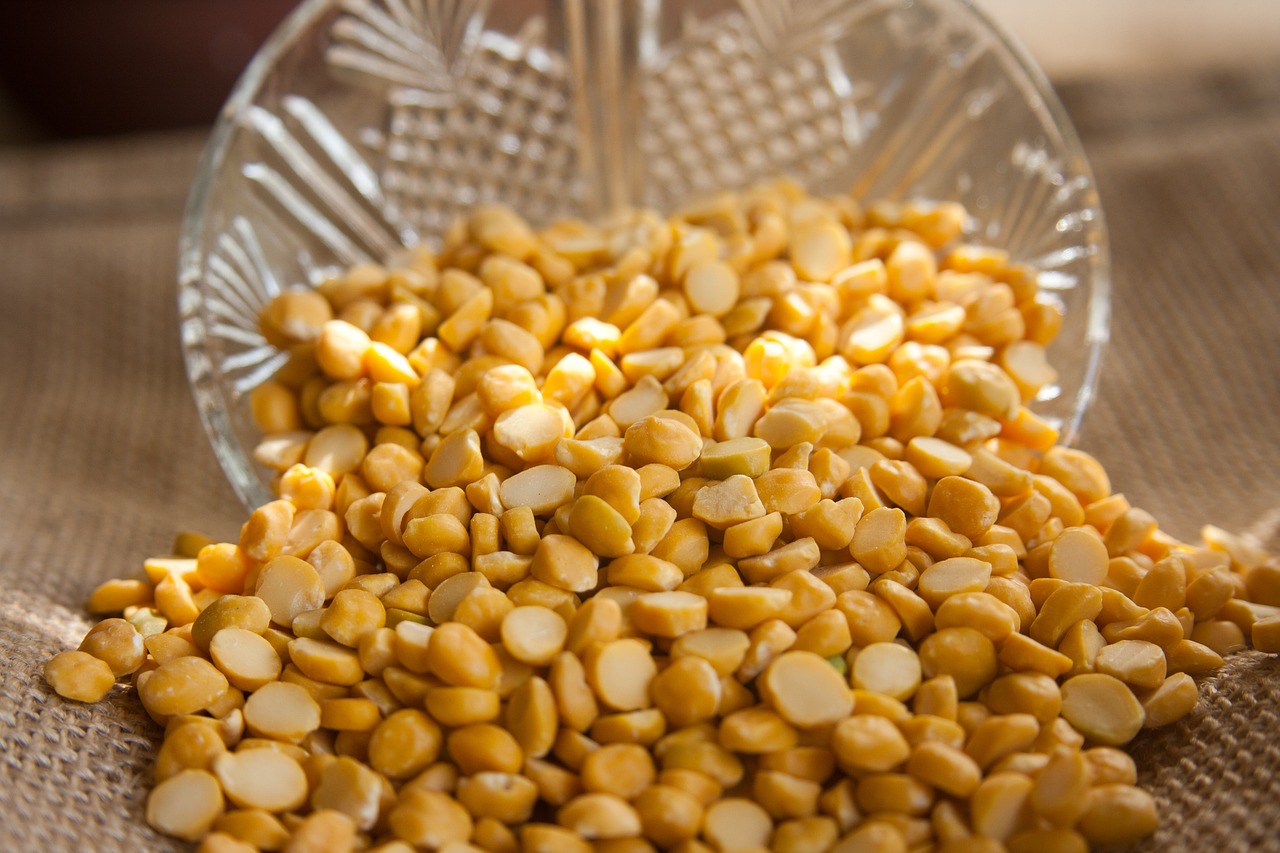Here Are 10 Impressive Reasons Why You Are Craving Lentils

Lentils, a staple in many diets worldwide, are not just a versatile ingredient but also a powerhouse of nutrition. Craving lentils might seem specific, yet it’s not uncommon for those who have discovered their benefits or enjoy their taste. This article explores why one might find themselves yearning for this leguminous delight, offering insights into the nutritional, psychological, and culinary aspects that make lentils crave-worthy.
Why Am I Craving Lentils?
1. Nutrient-Dense Profile
Lentils are packed with nutrients essential for our body’s optimal functioning. They are a great source of protein, making them an excellent choice for vegetarians and vegans looking for plant-based protein sources. Besides protein, lentils are rich in dietary fiber, which aids in digestion and promotes a feeling of fullness, helping in weight management.
The craving for lentils can often be attributed to the body’s need for these nutrients. When the body lacks certain minerals or vitamins, it naturally inclines towards foods that can replenish these deficiencies. Lentils, being high in iron, folate, and magnesium, can satisfy these nutritional cravings, making them a sought-after food for those in need of these essential nutrients.
2. Comfort Food
For many, lentils are a comfort food. They are often associated with warmth, wholesomeness, and comfort, thanks to their common use in soups, stews, and traditional dishes. This emotional connection can trigger cravings, especially during colder months or when one seeks comfort through food.
The psychological aspect of craving lentils as comfort food is linked to their texture and the satisfaction derived from consuming warm, hearty meals. Lentils can absorb flavors well, making them an excellent base for rich, comforting dishes that not only nourish the body but also soothe the soul.
3. Versatility in Cooking
Lentils are incredibly versatile, capable of being the star in a variety of dishes, from salads and soups to curries and patties. This versatility can spark creativity in the kitchen, leading to cravings for lentil-based meals. Experimenting with different types of lentils and recipes can keep the palate excited, making lentils a frequent craving for those who love to cook and eat diverse foods.
The ease of cooking lentils also contributes to their crave-ability. Unlike some legumes, lentils don’t require pre-soaking and cook relatively quickly, making them an ideal choice for quick, nutritious meals. The simplicity of transforming lentils into a delicious and satisfying dish might be why they are often craved by busy individuals seeking healthful, convenient meal options.
4. Dietary Fiber Content
The high dietary fiber content in lentils is another reason behind the cravings. Fiber plays a crucial role in digestive health, helping to prevent constipation and promote regular bowel movements. A diet rich in fiber can also aid in blood sugar management, making lentils an attractive option for those with diabetes or prediabetes.
Cravings for lentils might signal the body’s need for more fiber, especially in diets lacking in fruits, vegetables, and whole grains. Incorporating lentils into meals can satisfy these fiber needs, leading to improved overall health and well-being.
5. Plant-Based Protein
The shift towards plant-based diets has highlighted the importance of finding reliable protein sources that do not come from animals. Lentils, with their high protein content, have become a staple for those following vegetarian and vegan diets. Craving lentils can be an indication of the body’s need for protein, especially for those who do not consume meat.
The protein in lentils is not only beneficial for muscle repair and growth but also contributes to the feeling of satiety after meals. This can reduce overall calorie intake by keeping hunger at bay, making lentils a popular choice for weight management and health-conscious individuals.
6. Rich in Iron
Iron is vital for producing hemoglobin, which carries oxygen in the blood. Lentils are a good source of iron, especially important for vegetarians and vegans who might not get enough from animal products. Craving lentils could be a sign of the body signaling a need for more iron, particularly in individuals at risk of anemia.
Incorporating lentils into the diet can help boost iron levels, which is essential for energy production and overall vitality. The absorption of plant-based iron from lentils can be enhanced when consumed with vitamin C-rich foods, making lentils a versatile ingredient in balanced meals.
7. Low Glycemic Index
Lentils have a low glycemic index (GI), meaning they cause a slower rise in blood sugar levels compared to high-GI foods. This makes them an excellent choice for people with diabetes or those trying to manage their blood sugar levels. Cravings for lentils may reflect a subconscious desire for foods that provide stable energy and help in blood sugar management.
Eating foods with a low GI can also aid in appetite control, as they help you feel fuller for longer. This can be particularly appealing for individuals looking to control their weight or food intake, making lentils a crave-worthy option for health-conscious eaters.
8. Antioxidant Properties
Lentils are rich in antioxidants, compounds that fight against oxidative stress and reduce the risk of chronic diseases such as heart disease and cancer. The craving for lentils might be an instinctive push towards foods that offer protective health benefits. Antioxidants also play a role in anti-aging and maintaining overall health, making lentils an appealing choice for those focused on longevity and wellness.
The specific antioxidants found in lentils, such as flavonoids, have been linked to various health benefits, including improved heart health and reduced inflammation. This makes lentils not just a nutrient-dense food but also a powerful component of a disease-preventive diet.
9. Economic and Environmental Benefits
Lentils are not only good for the body but also for the wallet and the planet. They are relatively inexpensive, especially when bought in bulk, making them an economic choice for many households. The craving for lentils might also be influenced by a desire to make environmentally sustainable and cost-effective food choices.
From an environmental perspective, lentils have a low carbon footprint compared to animal-based protein sources. They require less water to grow and enrich the soil with nitrogen, reducing the need for synthetic fertilizers. This sustainability aspect can make lentils particularly attractive to environmentally conscious individuals.
10. Cultural and Traditional Significance
For many people, lentils hold cultural and traditional significance. They are a staple in cuisines around the world, from Indian dal to Mediterranean lentil salads. Cravings for lentils can be tied to cultural heritage, memories, or the desire to explore global cuisines. The familiarity and comfort of traditional lentil dishes can evoke a sense of nostalgia, making lentils a frequent craving for those with strong ties to their cultural food practices.
Moreover, exploring lentil recipes from different cultures can broaden one’s culinary horizons and introduce new flavors and preparation methods. This cultural and culinary exploration can further fuel the desire for lentils, making them a recurring craving for adventurous eaters and those with a deep appreciation for their cultural roots.
Lentils, with their myriad of health benefits, culinary versatility, and cultural significance, offer more than just sustenance. They provide comfort, nourishment, and a connection to traditions and sustainable eating practices. Whether driven by nutritional needs, emotional connections, or environmental and economic considerations, craving lentils reflects a desire for a food that is as wholesome as it is delicious.





